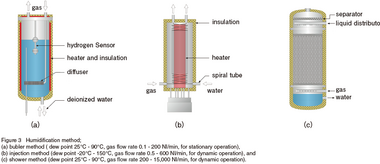Topics: Evaluation Technologies for Battery and Fuel Cell
Yasunari HANAKI*1, Carsten Krüger*2
*1 HORIBA, Ltd., *2 HORIBA FuelCon GmbH
Due to the ongoing concern about the environment, the automotive industry is witnessing a multidimensional shift, focusing on three major challenge areas: Changing Market, Changing Technology and Changing Legislation. Addressing these challenges while keeping up with the decreasing development time demands an increasing amount of more complex and integrated, but at the same time efficient validation.
The whole industry is aligning itself to this major shift. Keeping with our culture of innovation and commitment to the environment we are supporting the industry needs in “Making the World Cleaner and More Efficient”. The changing market is driven by an increasing complexity and the need for faster development cycles.
These changes demand the industry to simultaneously work on multiple technologies, while increasing the need for a more complex but also more efficient validation. The automotive industry focuses a lot of effort onto the area of new propulsion technologies, especially on electrified solutions (xEV). Many of the necessary components currently lack the technological maturity and therefore require more validation. HORIBA FuelCon GmbH (FuelCon) is assisting them in overcoming the associated technical challenges through the application of our battery and fuel cell validation solutions.
This section introduces the battery and fuel cell verification solutions provided
by FuelCon.
